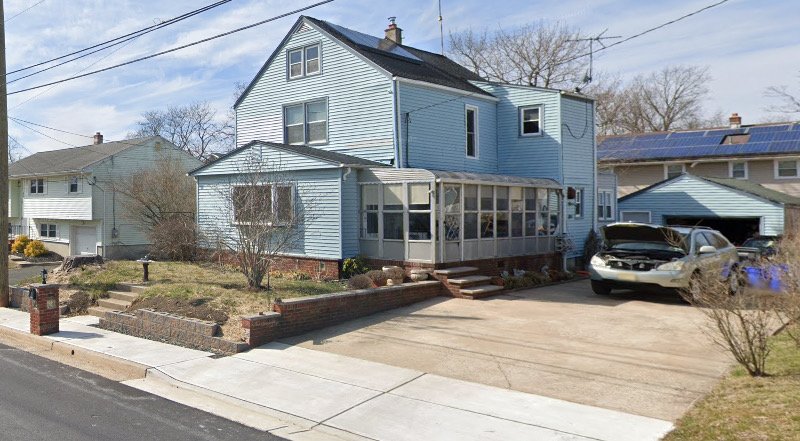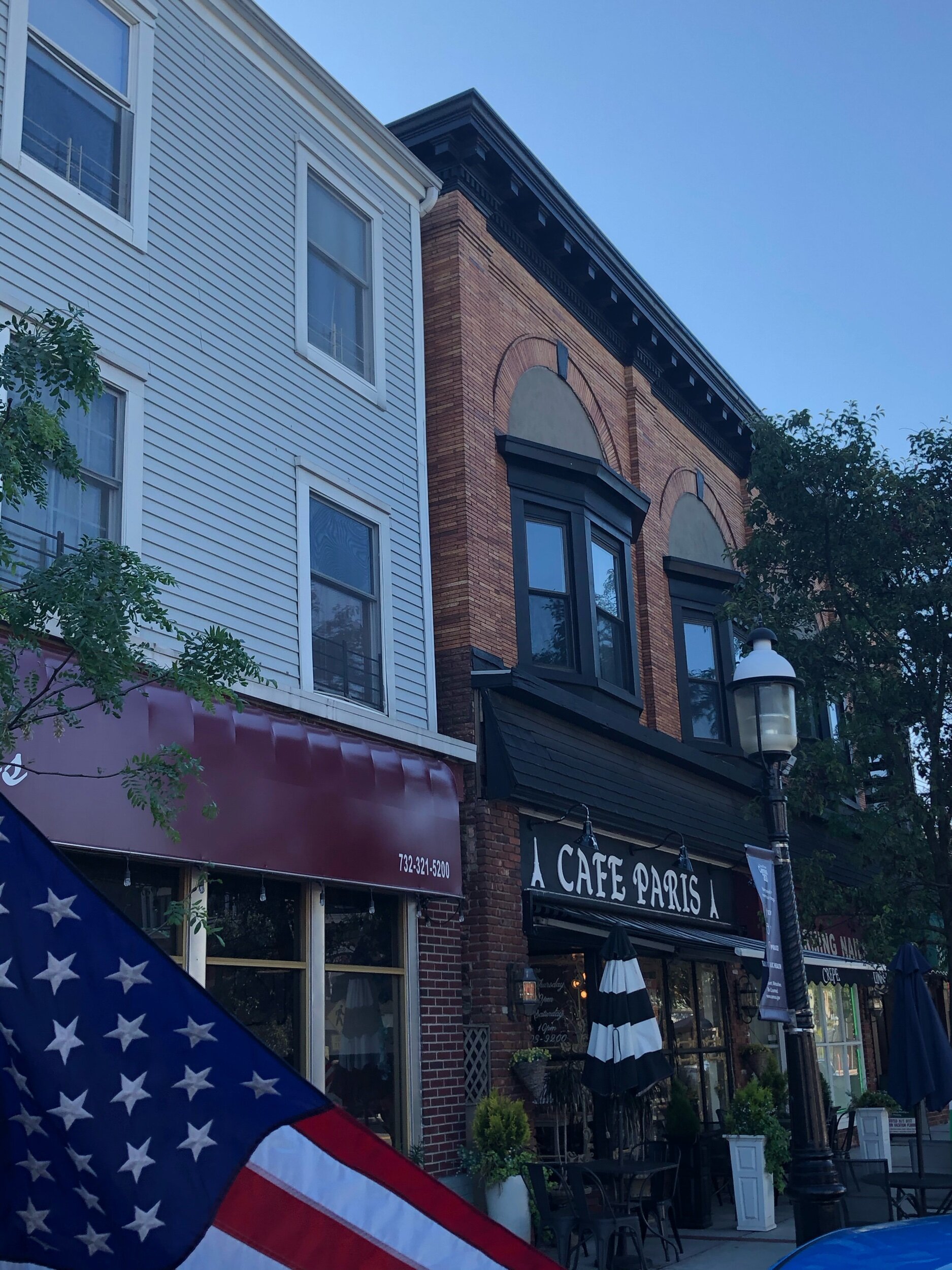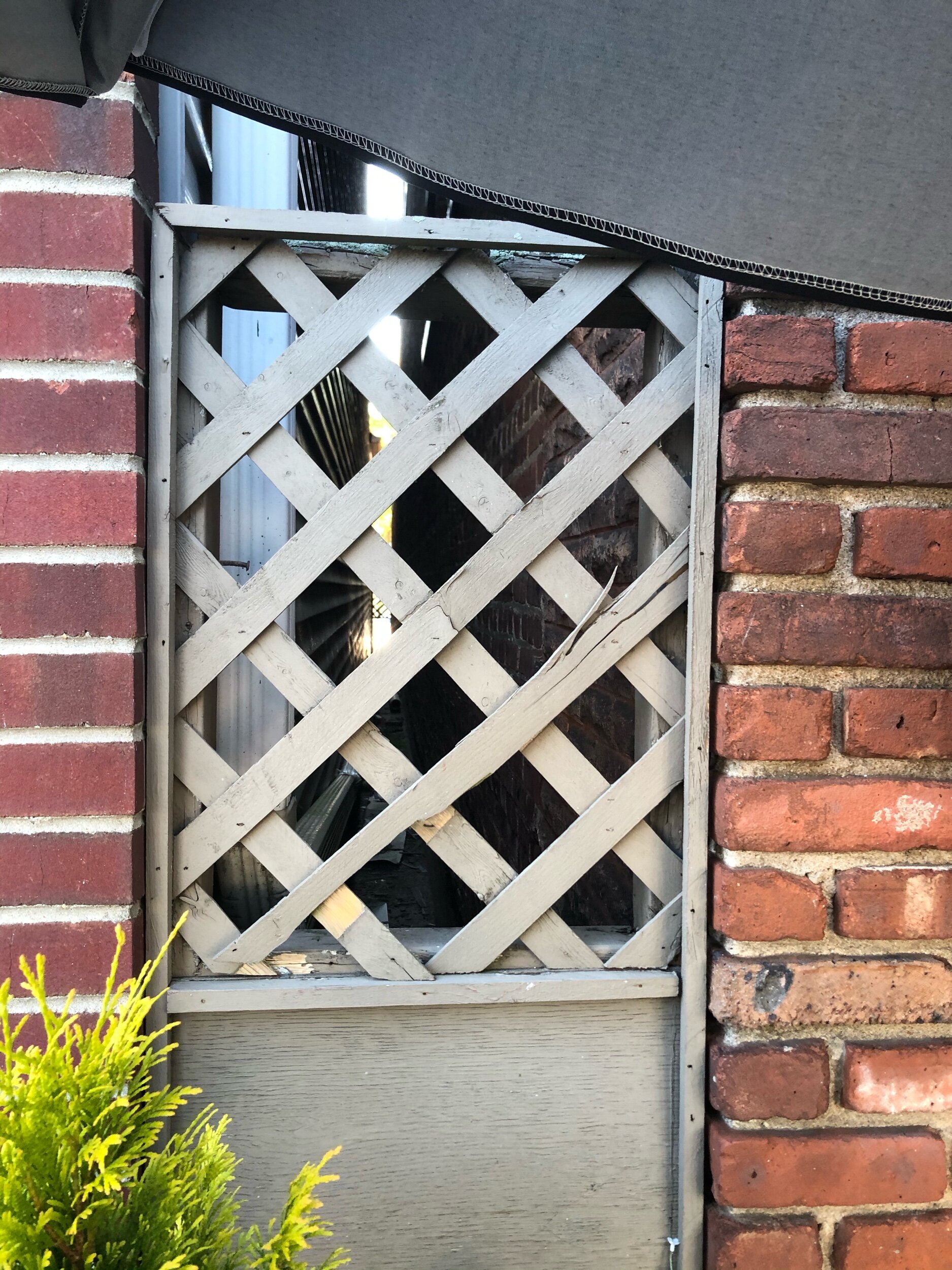Corrugated Stainless Steel Tubing (CSST) - Know What You're Dealing With
Corrugated stainless steel tubing (CSST) is not a new product and has been installed in natural gas systems for quite some time. Although I have always been familiar with it, I've never specified it on project that I have designed. It's primarily used in residential construction and doesn't suit the commercial projects that I work on. I was not aware of any issues with this tubing from the engineering side and was surprised when I became aware of the hazards associated with CSST from the firefighting side.
Brothers Gone Too Soon
Sadly, I became aware of the issues with CSST following two LODD's. Both tragedies took place in a neighboring state and one of the lives lost was known by firefighters that I know from training and/or social media. If you are not familiar with the circumstances around their final calls, I encourage you to honor their memory by reading the reports and educating yourself. Their stories prompted me to do some research as a designer and as a firefighter. I was quite surprised at what I learned.
For those that are not familiar with CSST, it is a flexible, thin wall tubing used to distribute natural gas or propane typically in residential occupancies. Most people associate CSST with yellow, corrugated tubing because that is probably what is most commonly found. The shape and color of the tubing can vary based on the age of the tubing and whether it is meant for distribution or as an appliance connector. It is preferred because it typically results in less joints that can leak and is easier to install than more traditional steel piping. However, it can be damaged easier and is more susceptible to failure from contact with electricity which is a serious liability to firefighters.
Newer versions have a black coating and are provided with arc shielding. The coating does has a flame and smoke spread rating. Although the newest versions are ANSI and Lighting Code rated, there are concerns that the testing is not sufficient because the tested ratings do not reach a high enough current level to match what is experienced in common lighting strikes. This is what has caused the most recent LODD's.
It does seem to be relatively safe if it’s installed properly, but that's the problem. It's only as good as it was installed and it can be installed by the weekend warrior. There is a difference between distribution tubing and appliance connectors which may not be understood. They are not the same and not meant for the same application. There may be improvements to be made in its construction and some companies are proactive. Gastite has been improving its product over the years to make it safer and even tries to work with the fire service to make a safer product.
The bottom line is that fire departments need to be educated. CSST is not flawless, but it's critical that the correct material is used and installed correctly. Some of the newer products are better, but still need to be improved. Firefighters need to beware of legacy installations as they will be less safe than newer installations and materials. Home owners should be encouraged to update older systems that aren’t as safe as newer systems. Local authorities having jurisdiction should mandate that installers submit certifications with permits to show that they are qualified to the latest standards and are installing the latest material technologies. Making sure that installations and the materials used are the best possible to ensure firefighter safety is crucial.
Resources
•Lightning Fire Research Google Form
Be Smart - Stay Safe!





















